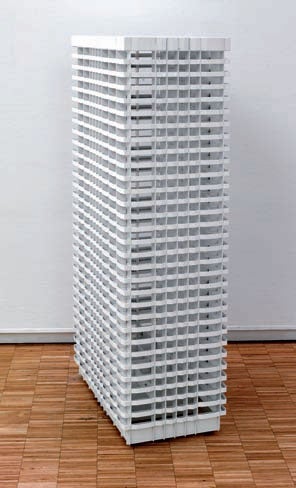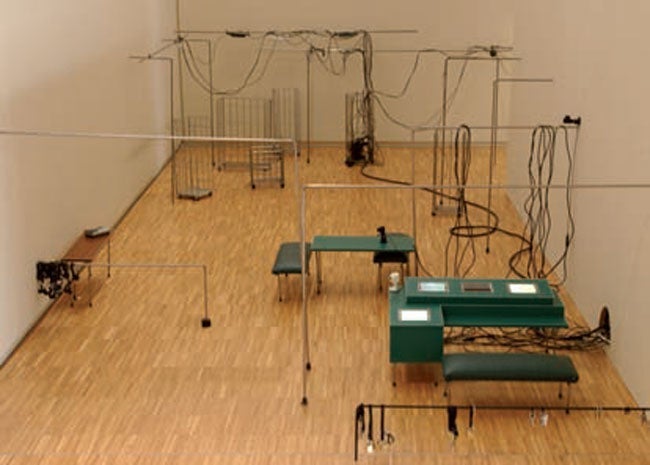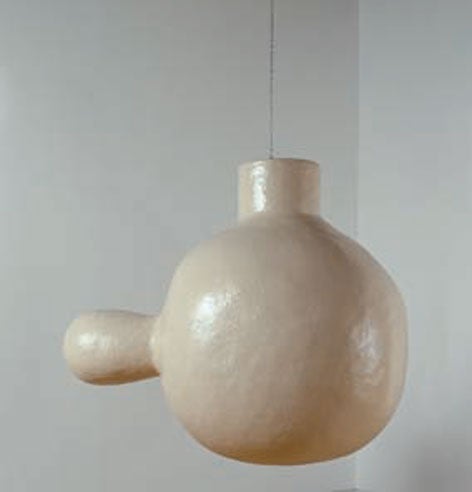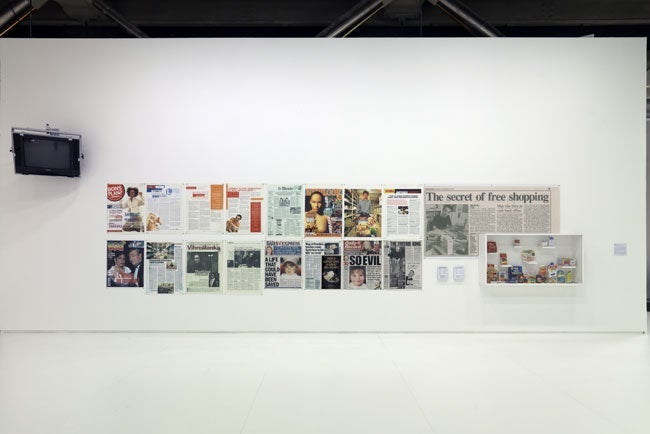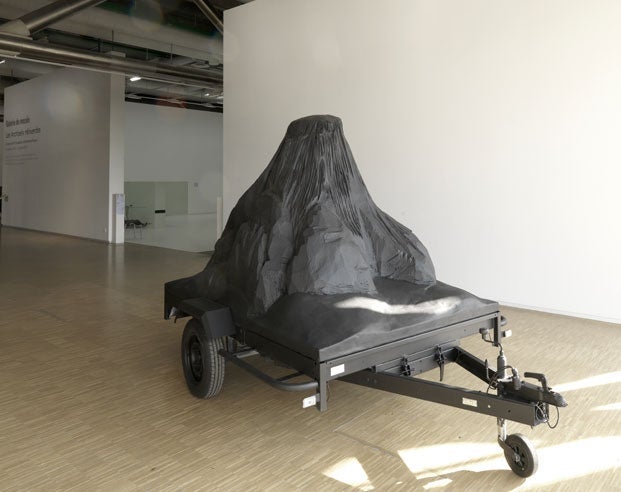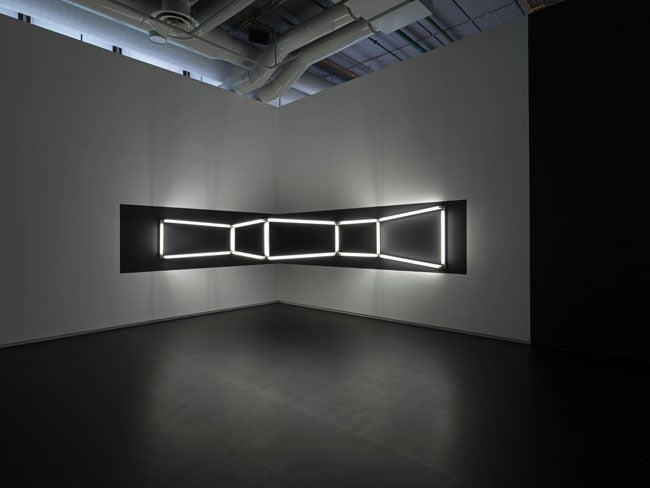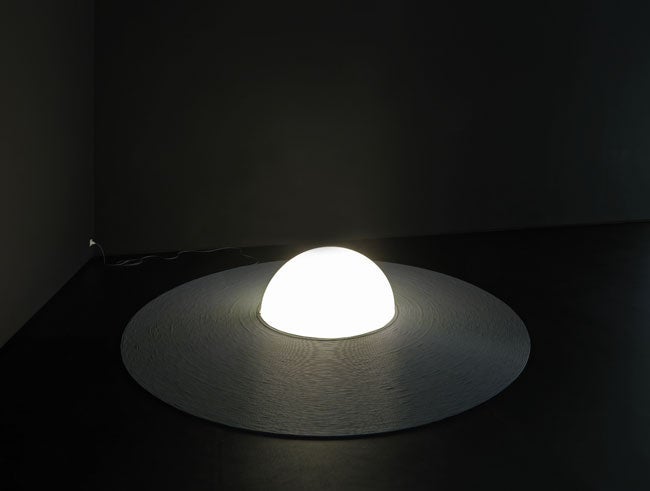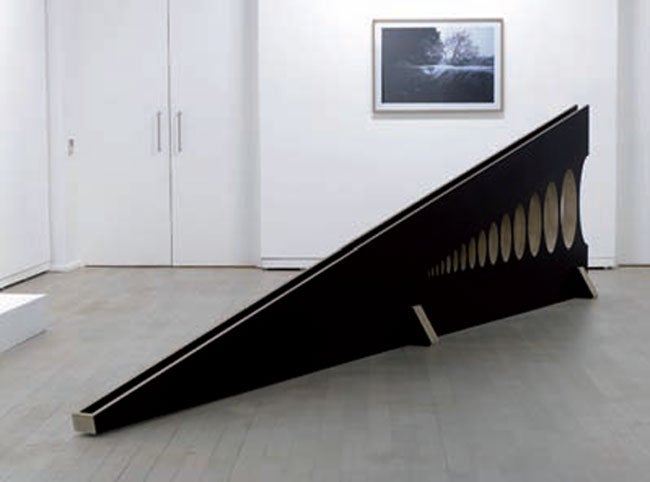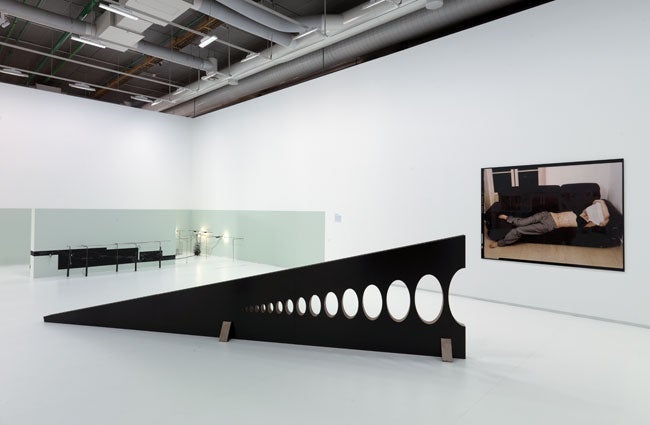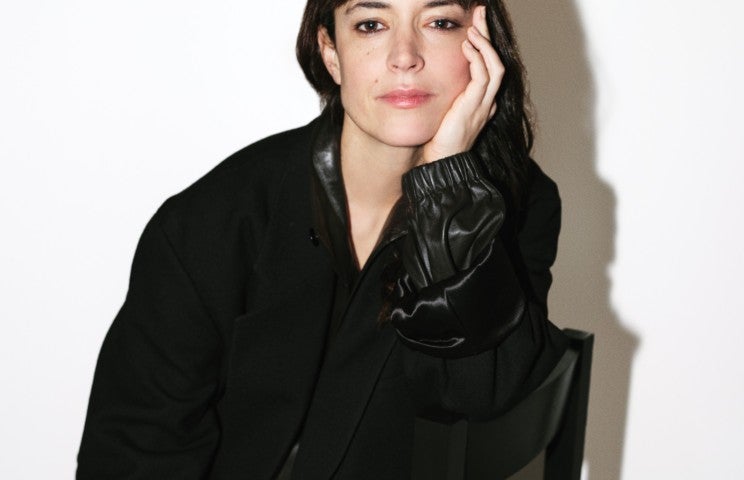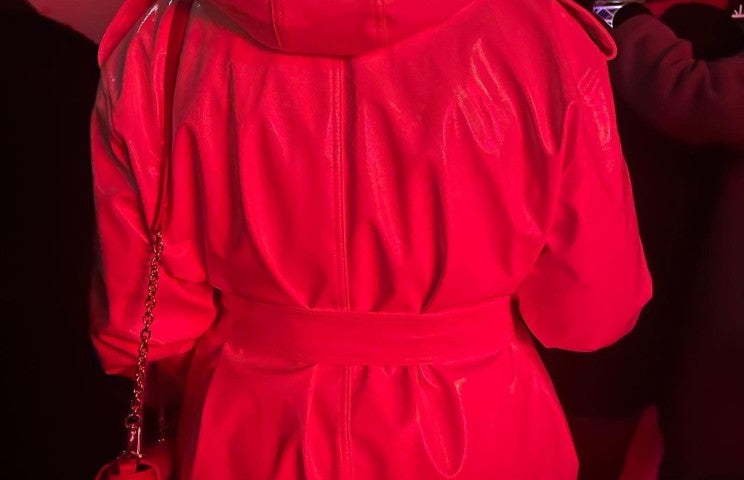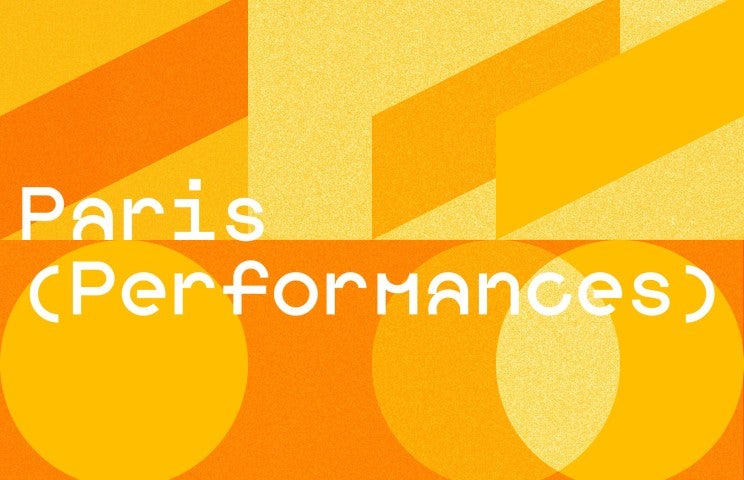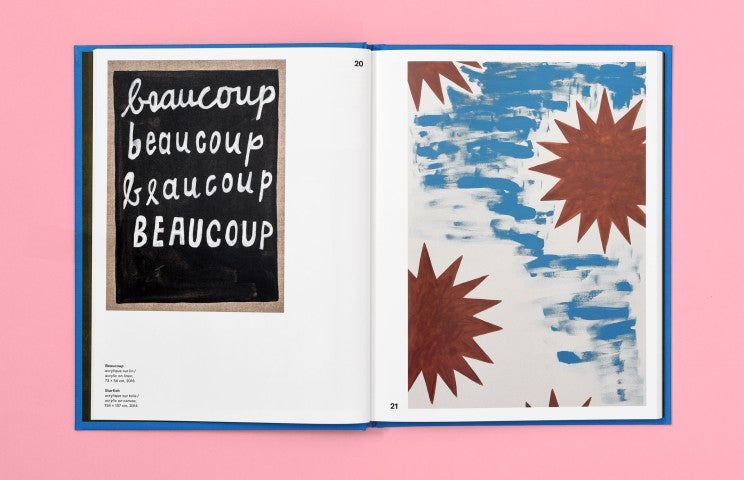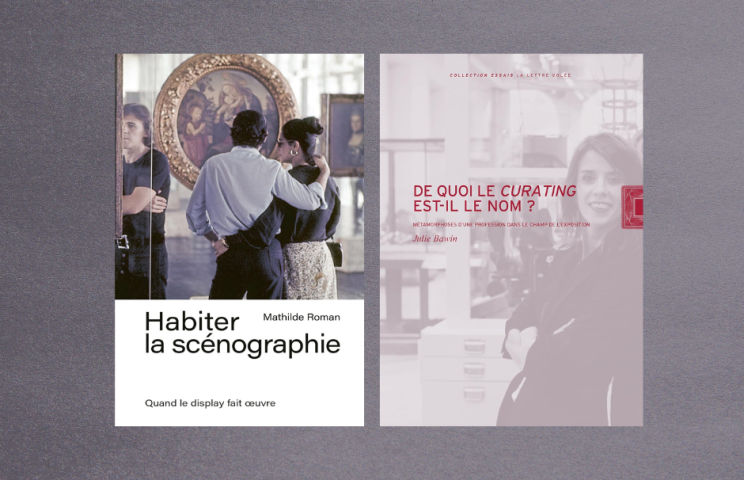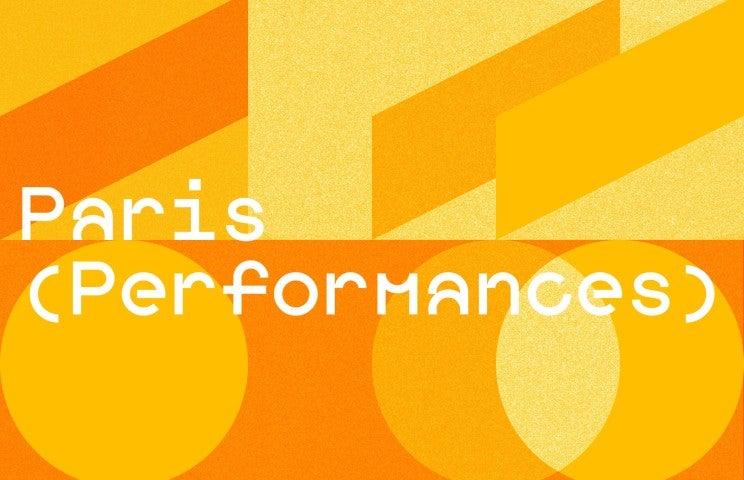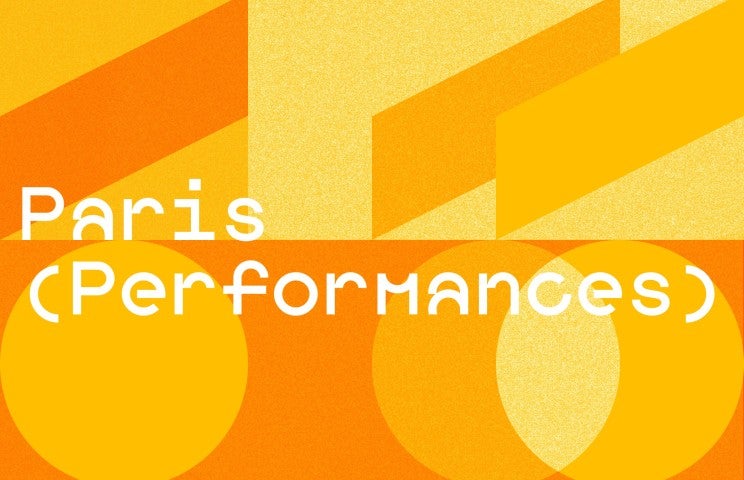«Les Archipels réinventés», 10 years of the Ricard Foundation Prize
ART WORKS IMAGES
The exhibition Les Archipels réinventés presents, for the first time, all the prize winning works awarded by the Fondation d’entreprise Ricard which celebrates its tenth anniversary this year. Each year since 1999 the Fondation d’entreprise Ricard awards a prize to an artist representative of the French contemporary art scene. This anniversary exhibition is an illustration of this commitment relayed from the start by the Centre Pompidou which, thanks to this close collaboration, has been able to develop the Musée national d’art moderne’s contemporary collections.
The exhibition Les Archipels réinventés brings together the ten works which have entered the collections of the Musée national d’art moderne since the creation of the Fondation d’entreprise Ricard prize and presents a generation of artists like an archipelago to be explored. The exhibited works are small islands to be revisited, from Tatiana Trouvé’s Polder (2001) to Boris Achour’s Cosmos (2001), Loris Gréaud’s Devils Tower Satellite (2005) to Berdaguer and Péjus’s 7e continent (2001), from Didier Marcel’s miniature tower to Natacha Lesueur’s tattooed bodies, from Matthieu Laurette’s Mobile Information Stand for Moneyback Products (International Version) (1999) to the paths of Mircea Cantor’s Shortcuts (2004), from Vincent Lamouroux’s Unwinding (Corridor) (2006) to Raphaël Zarka’s vessel Padova (2008). These works testify to the renewal in art forms that has taken place in France over the past ten years. They also account for the different critical proposals of each exhibition curator invited by the Fondation d’entreprise Ricard, who, by selecting these artists have contributed both to defining and revealing this emerging artistic scene.
THE EXHIBITION AND THE 10 WINNERS OF THE PRIX DE LA FONDATION D’ENTREPRISE RICARD
Quotes are from the catalogue Les Archipels réinventés, Éditions du Centre Pompidou, Paris, 2009
Borrowing its title and its cartographic approach from the composer André Bouchourechliev’s Archipels [Archipelagos], this exhibition offers a look at the generation of artists that has emerged in France over the last decade, through ten works that won their makers the Ricard Prize.
The exhibition approaches these works as new found lands to be revisited and explored. It offers too an opportunity to consider the responses of art critics and the arguments of the curators appointed by the Fondation d’Entreprise Ricard, who, in selecting the artists for the prize exhibitions, have helped to form, to map and to analyse the thriving contemporary art scene in France.
1999 Didier Marcel
Untitled, 1999
Born in Besançon in 1961, lives and works in Dijon; represented by Galerie Michel Rein. From amputated tree- trunks to architectural models to paintings of ploughed earth, Didier Marcel presents elements taken from the human environment, cataloguing our surroundings. They are samplings of reality, skilfully aestheticized in such a way as to change the way we see it. Untitled, 1999, awarded the Prize that year, is a perfect illustration of this interest in memory. Based on observation of the Boucry Tower built in 1974 in the 18th arrondissement of Paris, it marks the beginning of the artist’s interest in architectural models. « One of the things that fascinates me in the real, when I look at a building, is its aspect as a sign, a sign marking a territory in a way, so I’ve sometimes done exhibitions with nothing but models, five or six of them, often ten, and you get the reconstruction of a kind of landscape, reconstituted through models of different kinds, which refers us to the way our reality is. «
2000 Natacha Lesueur
Untitled, 1999
Born in Cannes in 1971, lives and works in Paris. Lesueur « explains her use of photography by what she calls its ‘duplicity,’ its capacity not only to reveal and authenticate but also to hide reality… Lesueur’s strength lies in her ability to provoke conflicting emotions through the insinuation of multiple, contradictory codes, unsettling any straightforward reading and revealing neglected aspects of our physical and psychological relationship to the contemporary world. Untitled, 1999-acquired by the Museum when the artist won the Ricard Prize in 2000- consists of three photographs, each showing a woman’s body, lying partially undressed or wholly naked on a sofa or on a bed. The faces are hidden… The minimal décor, the cold light and the lack of identity together impose a certain distance on the viewer, whose eye finds nowhere any invitation to rest, being offered no hint of feeling or any evident clue as to what is going on. The neutrality of the scenes places the viewer in the position of detective, attempting
in vain to construct an explanatory scenario. «
2001 Tatiana Trouvé
Polder, 2001
Born in Cosenza (Italy) in 1968, lives and works in Paris; represented by Galerie Emmanuel Perrotin.
« Polder. This generic title, given by Trouvé to a group of works of the same kind or the same scale as this, the work acquired through the Ricard Prize in 2001, could equally serve to denote or define an entire body of work that constructs other worlds, other spaces, that seeks, like the polders of the Dutch engineers, to reclaim one space, hidden or invisible, from another. » Trouvé’s work resists classification, but its goal is to create a world in which viewers lose their footing and are plunged into a suspended time.
2002 Boris Achour
Cosmos, 2001
Born in Marseille in 1966, lives and works in Paris ; represented by Galerie Georges-Philippe et Nathalie Vallois. Boris Achour is chiefly concerned to reinterpret the signs of our shared culture and everyday language so as to explore the question of individual identity. « The work presented to the Museum by the Ricard Foundation is one of the artist’s first sculptures, inaugurating a more plastic approach to his practice… The constituent elements of Cosmos (a cartoon, the hit song of some summer, the world of childhood) are all familiar to us, but their association here creates a strange, enigmatic, unsettling world. » It is decontextualisation that creates the sense of the out-of-joint, the feeling of unease that the artist seeks to produce.
2003 Matthieu Laurette
Stand for Money back Products, 1999
Born in Villeneuve-Saint-Georges in 1970, lives and works in Amsterdam and New York; represented by Galerie Denis Gaudel de Stampa.
« Matthieu Laurette became famous for living for free by taking advantage of supermarkets’ and manufacturers’ offers and such claims as ‘Money back if not satisfied’… Having perfected a system of shopping whereby all his costs were refunded, the artist then communicated this to the public through TV and the press, leaflets distributed in the streets and information stands at exhibitions… In the late 1990s, he began to appear regularly on television, first as an audience member and then as an enthusiastic participant in game shows… Mobile Information Stand for Money-Back Products (1999) is both a summary and visual representation of these activities. The piece consists of enlargements of press-cuttings and leaflets, a screen showing a looped compilation of the artist’s TV appearances, and a display case containing examples of money-back products from Europe and the United States. «
2004 Mircea Cantor
Shortcuts, 2004
Born in Oradea (Romania) in 1977, lives and works in Paris. Represented by Galerie Yvon Lambert.
Mircea Cantor grew up under Communism, a fact that enables him now to cast a critical eye on existing power relationships. Using different media, he has developed an artistic reflection on ideology in work that undermines our ordinary, straightforward impressions of the real. What seems well established is put into question, while reality appears as constantly changing, resistant to being clearly pinned down. Cantor tends to deal with socio-political or economic matters, but always in a poetical register. « The photographic triptych Shortcuts, 2004, captures the spontaneously established footpaths in the suburban ‘wastelands’ of the artist’s home of Oradea in Romania. These uncertain human tracks testify to the short cut’s importance in the artist’s poetic vision, as the refusal of any predestined path. «
2005 Loris Gréaud
Devil’s Tower Satellite, 2005
Born in Eaubonne in 1979, now living and working there; represented by Galerie Yvon Lambert. Gréaud’s work deploys narrative structures
that figure the coexistence of multiple times and spaces. Establishing channels of communication between different kinds of practice, it creates the conditions for physical and metal shifts of position. « The history and modes of appearance and exhibition of Devil’s Tower Satellite, 2005, exemplify the artist’s ability to generate fictional atmosphere. This sculpture mounted on a trailer is a replica in black resin of the mountain
in Wyoming. To endow this form with mobility, lifting it from its geological, mythological and fictional contexts and towing it behind a car through the streets of Paris, a different space and a different reality, is ‘to take a piece of fiction and to project it into our reality’ so that the work, becomes laden with new stories, becoming, as the artist intended, a porous space, a mobile form, an unidentified object manifesting itself in enigmatic and intriguing appearances. «
2006 Vincent Lamouroux
(Unwinding) Corridor, 2006
Born in St-Germain-en-Laye in 1974, lives and works in New York; represented by Galerie Georges-Philippe et Nathalie Vallois.
« Lamouroux’s works are first of all physical experiences. Whether an unstable gallery floor, a metal grid fixed to the ceiling just above the visitors’ heads, or a roller coaster spiralling through the exhibition space, all his works involve the body, projecting it into an imaginary world. Characterised by a sculptural purity, his installations are invariably created for a specific site, whose architecture serves as a springboard for the creation of a universe both minimal and cinematic. Such was the work for which the Ricard Prize was awarded to the artist in 2006. (Unwinding) Corridor, 2006,
consists of a five interconnected quadrilaterals of neon tube fixed in the corner of a room, the almost blinding white light of the tubes
contrasting with a monochrome black background. The length and shape of the quadrilaterals appears to change as the viewer moves about, in a constant architectural metamorphosis. «
2007 Christophe Berdaguer & Marie Péjus
7ème continent, 2001
Born in 1968 and 1963 respectively, Christophe Berdaguer and Marie Péjus live and work in Marseille; represented by the Martine Aboucaya gallery. Since the mid-1990s, they have developed an art intimately related to architecture, centred on environmental analysis, housing design
and spatial planning. « A glowing hemisphere of Plexiglas, 7ème continent, 2001, uses the daylight-identical fluorescent tubes employed in submarines to produce a substitute sun, and, as the transmogrified electronic avatar of the archetypal camp-fire, serves as the organizing focus of a Utopian community. This insular micro-architecture is inspired by an extended metaphor offered by architectural theorist Reyner Banham, who describes a nomadic tribe stopping for the night and having to choose between making a fire and building a shelter. In choosing to make a fire, they create a space in which the community can assemble, a mental architecture that has physiological effects on its individual members. «
2008 Raphaël Zarka
Padova, 2008
Born in Montpellier in 1977, lives and works in Paris ; represented by Galerie Michel Rein. « Zarka carries out in-depth research, more especially in the physical sciences, in order to create works he describes as ‘documentary sculptures’, based as they are on existing objects and thus more figurative than abstract. Padova, 2008, is a replica of the set-up conceived by Galileo for the study of free fall by rolling a ball down an inclined plane. The original apparatus not having survived, it was reconstructed by an early-nineteenth-century craftsman. Zarka has here retained the structure and proportions of that piece, now held at the Science Museum in Florence, but stripped it of its decorative elements to produce an elongated triangular sculpture, pure, sober and elegant. The artist’s interest in the mechanics of bodies has its roots in his skateboarding, a subject he has researched and published two books on. In its form, Padova recalls the type of structure sought by skateboarders in order to perform their tricks. But skateboarding, like Galileo’s work, is an experiment in motion, an exercise of equilibrium that both exploits and defies
the laws gravity. «
